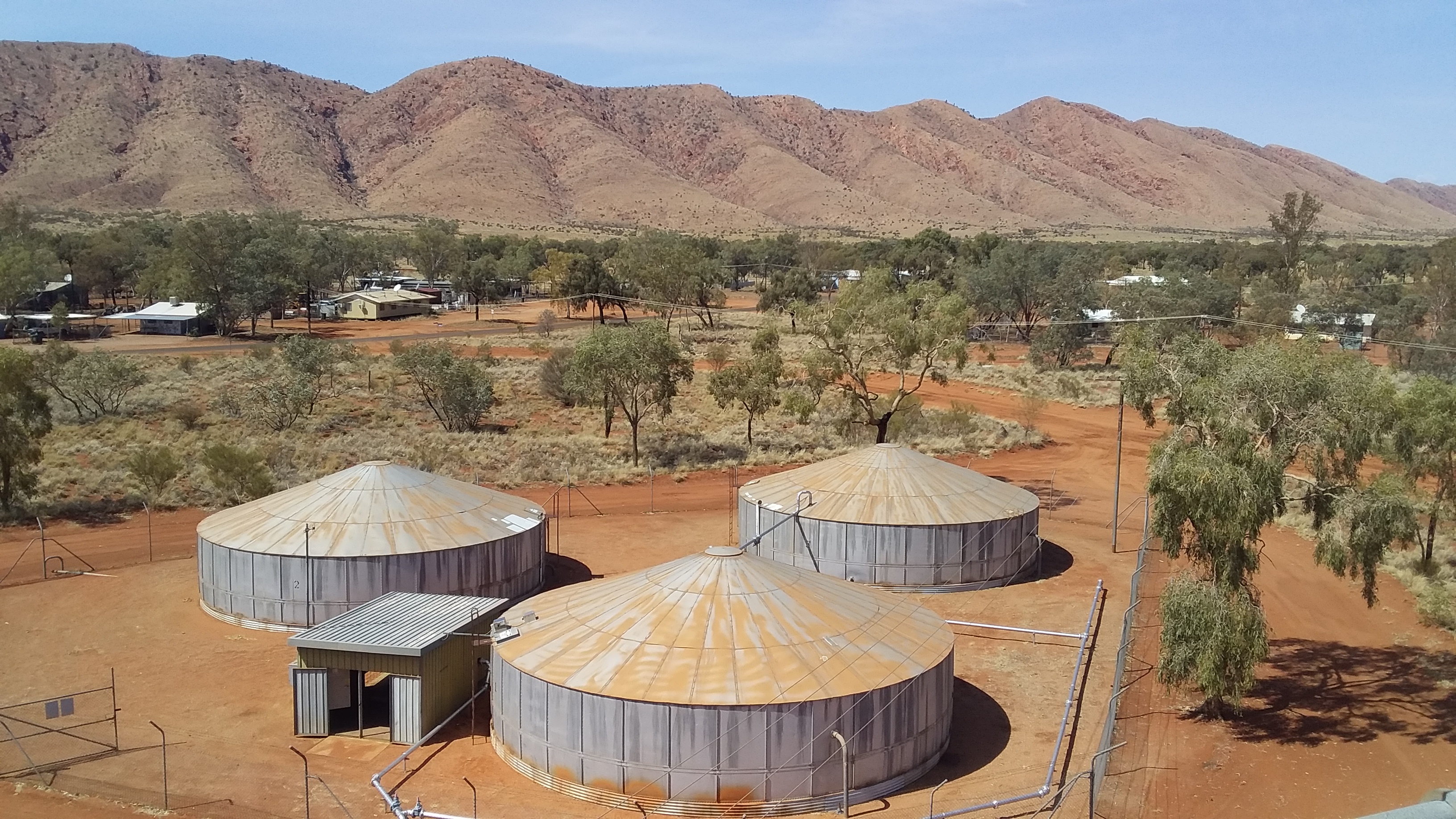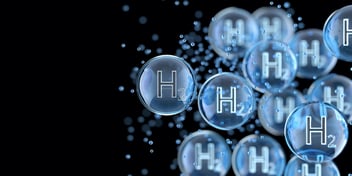A novel new partnership to refresh safe drinking water

A new project with a unique and novel partnership model between two water utilities, a university, and the private sector has been formed. Operating outside the conventional research grant stream and across three states and one territory, it seeks to develop next-generation water treatment technologies for the provision of safe drinking water to regional communities.
In July, the consortium members Power and Water, the Northern Territory Government, Water Corporation, The University of Queensland, Hydro-dis Australia, and Dematec Automation signed a collaborative research agreement to undertake an innovative and unique research and development project. Their objective is to jointly develop a new water treatment technology, specifically designed for regional communities, capable of effectively removing key contaminants from groundwater.
Power and Water Corporation face similar challenges in maintaining and improving water quality for some of the most isolated communities in the country. From costly transportation and a lack of qualified personnel to infrequent preventative maintenance and environmental challenges, the communities in these vast, remote regions experience ongoing threats in their access to safe and reliable drinking water.
Wayne Sharp from Power and Water noted the excitement in working in an innovative collaboration to solve a problem for these towns that has gone unsolved due to their isolation and a lack of funding.
“We have been trying for a while to find answers to these water quality questions, and it’s edifying to see this effort that all the partners are putting in, and the knowledge that we could make a real improvement here,” said Sharp.
The development of this new technology is specifically designed with these localised challenges in mind, looking for robust and economically sustainable solutions to these significant problems.
“It’s unique to be developing something that is tailored to these regional communities. Too often, treatment processes are utilised that try to adapt an urban solution into a regional and rural setting, and it just isn’t the same as something specifically designed for these communities and their unique challenges,” said Project Director Eric Vanweydeveld.
The $2.76 million, three-year project will focus on removing nitrate and heavy metals such as uranium and arsenic. It sets out to achieve this by applying pure electrochemical technology using oxidation and reduction reactions. While existing conventional water treatment technologies can remove nitrate and heavy metals from contaminated groundwater to a certain extent, they have limitations including low efficiency, high chemical demands and significant waste streams. These factors create considerable operational costs, particularly in these regional settings, and have therefore only limited practical applications in such situations.
Luke Zappia from Water Corporation acknowledged the outstanding contribution from all the stakeholders in taking on this extremely complex process and working transparently together to ensure the best chance of success.
“The relationships built between the partners will continue and expand well beyond the life of the project,” said Luke Zappia from Water Corporation.
“What we’ve achieved so far, even with the impacts of COVID-19, the associated travel restrictions and trying circumstances, has been a credit to all involved. We have had no opportunity to meet in person during the whole project development.”
The University of Queensland has taken on the overall project leadership and management role, and will oversee the research activities around the technology development and optimisation. The University will work in this highly interactive collaboration with the water utilities and two Adelaide-based SME’s, Hydro-dis Australia and Dematec Automation, who will co-develop the technology and bring this novel and innovative solution to market.
“It is crucial to recognise that the utilities are driving this, but we also need the input from researchers and technology providers, and the benefits will be shared across all the partners,” said Emeritus Professor Jurg Keller from the University of Queensland.
“It speaks to the great deal of trust and genuine collaboration inherent in the project. All the partners recognise the problem and the need for investment to solve it, but all also recognise they alone cannot provide the solution, it has to be a joint effort.”
As part of the project development, two PhD students will be offered a scholarship to conduct in-depth engineering and scientific research of the technology and help to better understand and optimise the complex processes to achieve the required performance.
“The two PhD students will be essential to growing the next generation of researchers and water industry experts,” said Vanweydeveld. “It will be of enormous benefit for them actively participate in this collaborative project and they can then drive future research and technology innovation.”
For more information on the project, please contact: Wayne Sharp (Power and Water Corporation), wayne.sharp@powerwater.com.au, Luke Zappia (Water Corporation), Luke.zappia@watercorporation.com.au or Professor Jurg Keller (The University of Queensland), j.keller@uq.edu.au.
Image provided by Power and Water Corporation.

